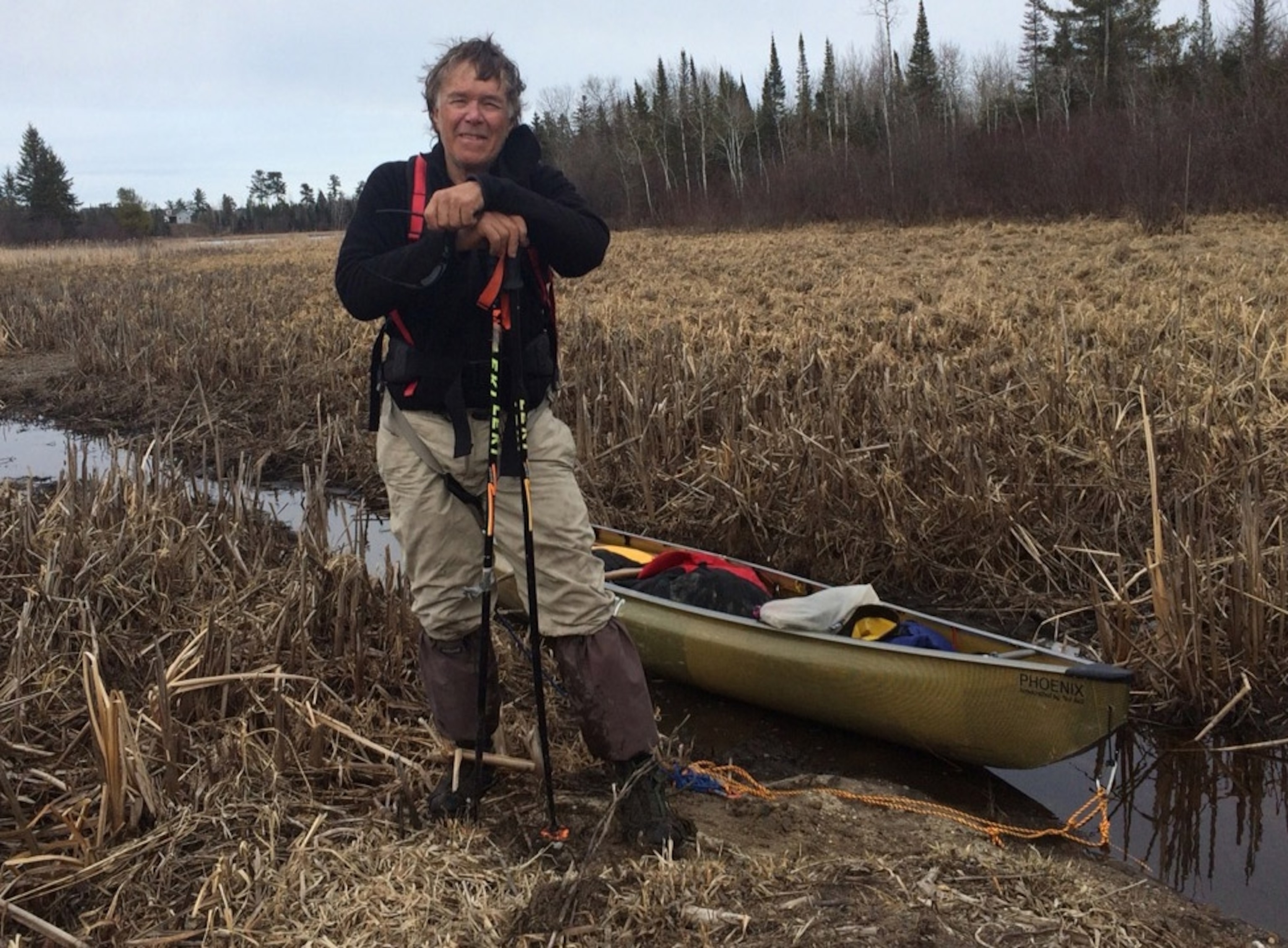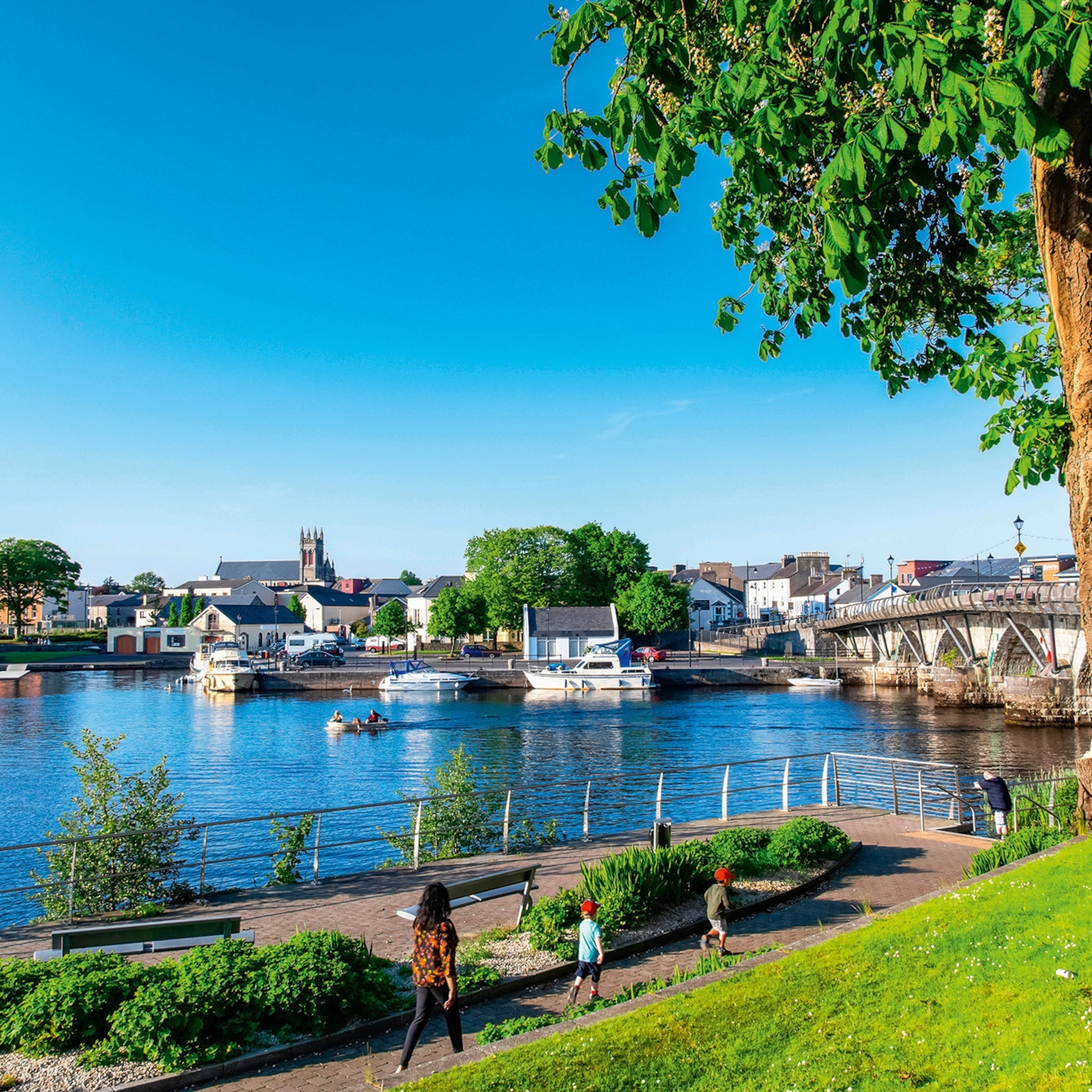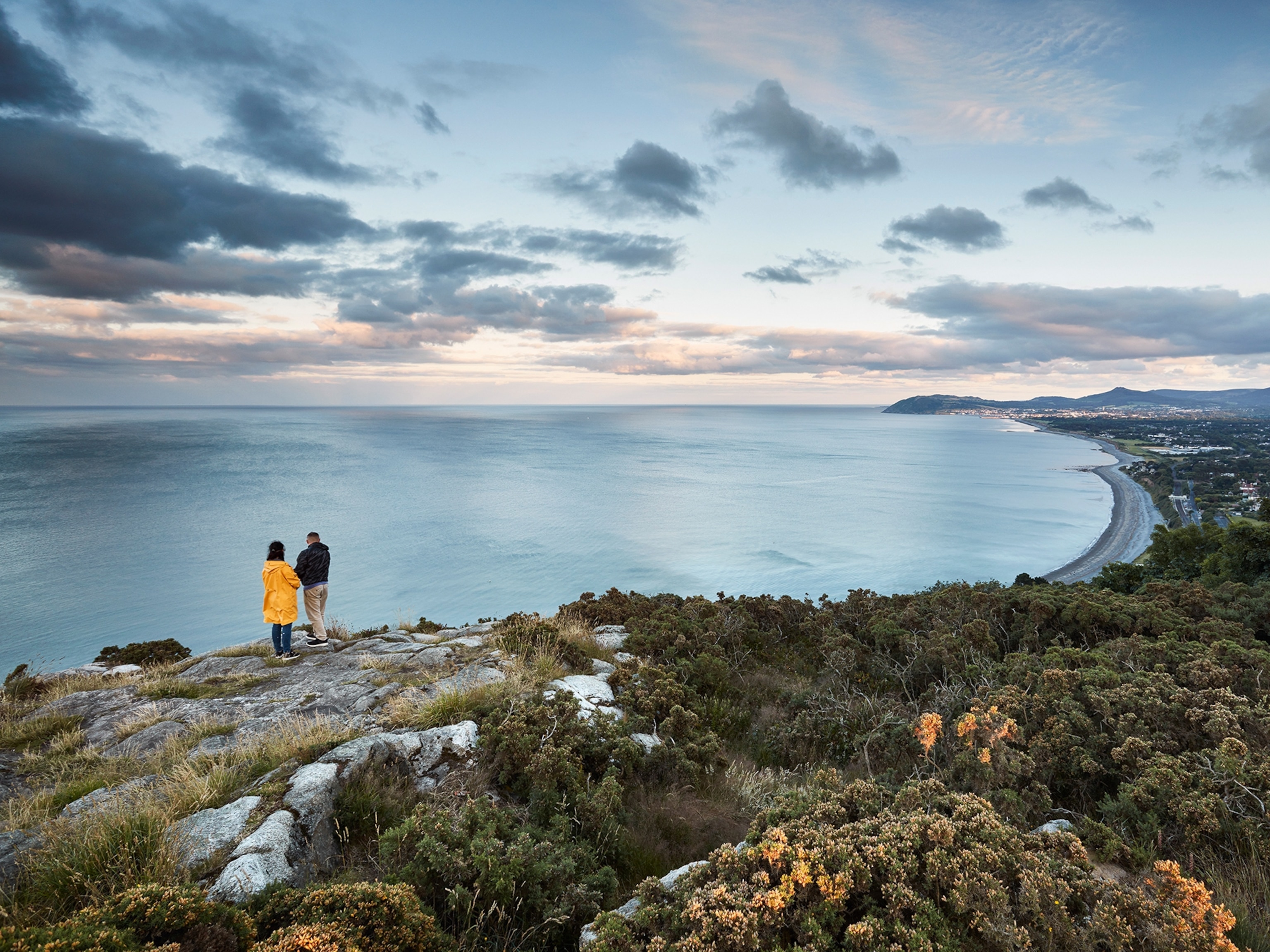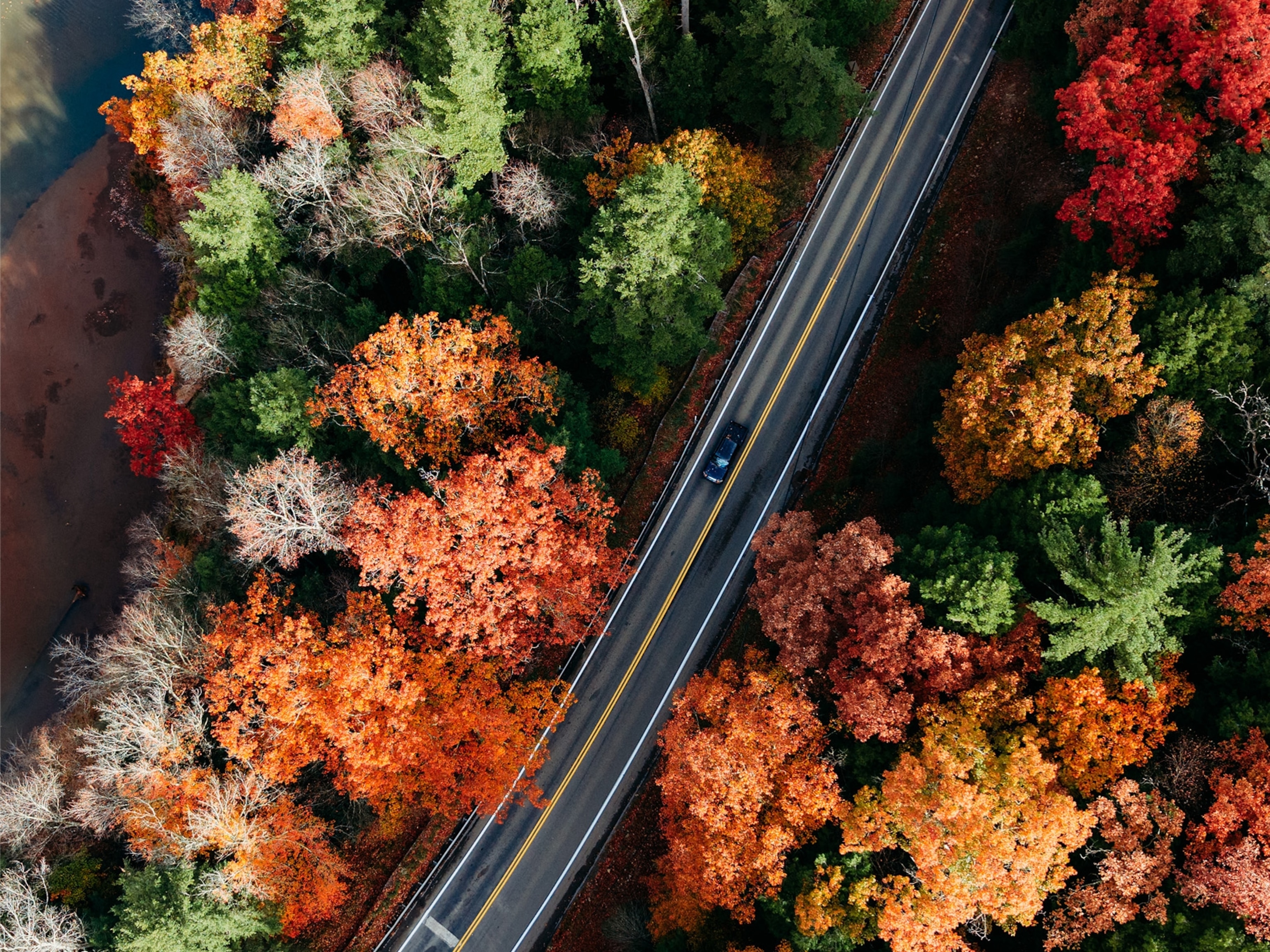
Polar Explorer Will Steger: Still Testing the Limits
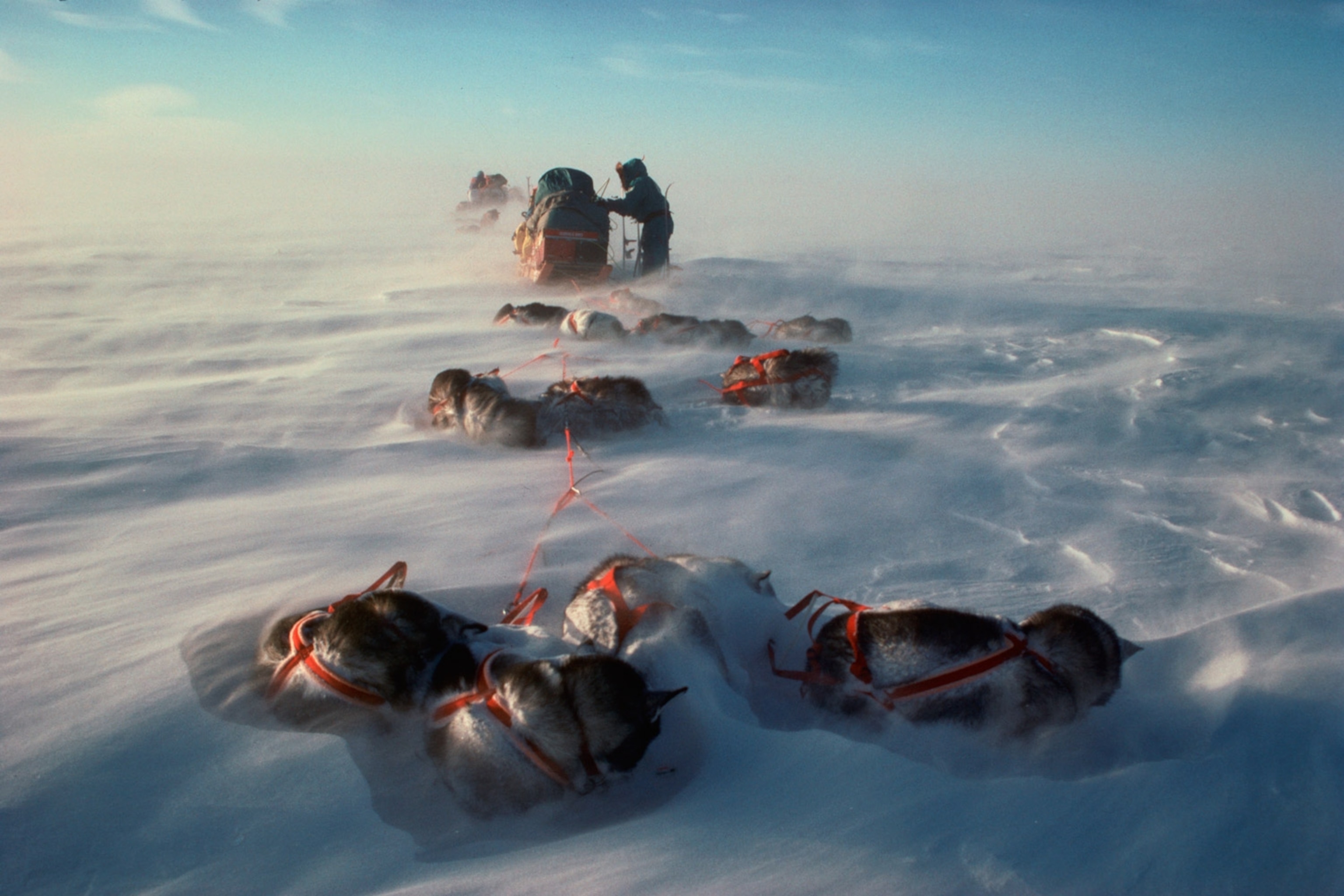
Twenty-five years ago Will Steger led the 3,471-mile International Trans-Antarctic Expedition, the first dogsled traverse of Antarctica (1989–90). Six men from six countries set out on this audacious, seven-month expedition across the harshest continent on the planet. Their goal was to “make Antarctica famous” in order to protect if from development. The Trans-Antarctic Expedition received over two billion media impressions and captured the world’s attention. After the expedition, the team traveled the globe to meet with world leaders, urging them to ratify the 1961 Antarctic Treaty—which they did in 1991, protecting Antarctica from oil and mineral exploration, and preserving it for science.
In 1995, National Geographic awarded Steger the John Oliver La Groce Medal for “accomplishments in geographic exploration, in the sciences, and for public service to advance international understanding.” The award has only been given 19 times since National Geographic was founded in 1888, and Steger joined Roald Amundsen, Amelia Earhart, Admiral Robert Peary, and Jacques-Yves Cousteau in receiving this honor. In 1996 Will Steger became National Geographic’s first explorer-in-residence.
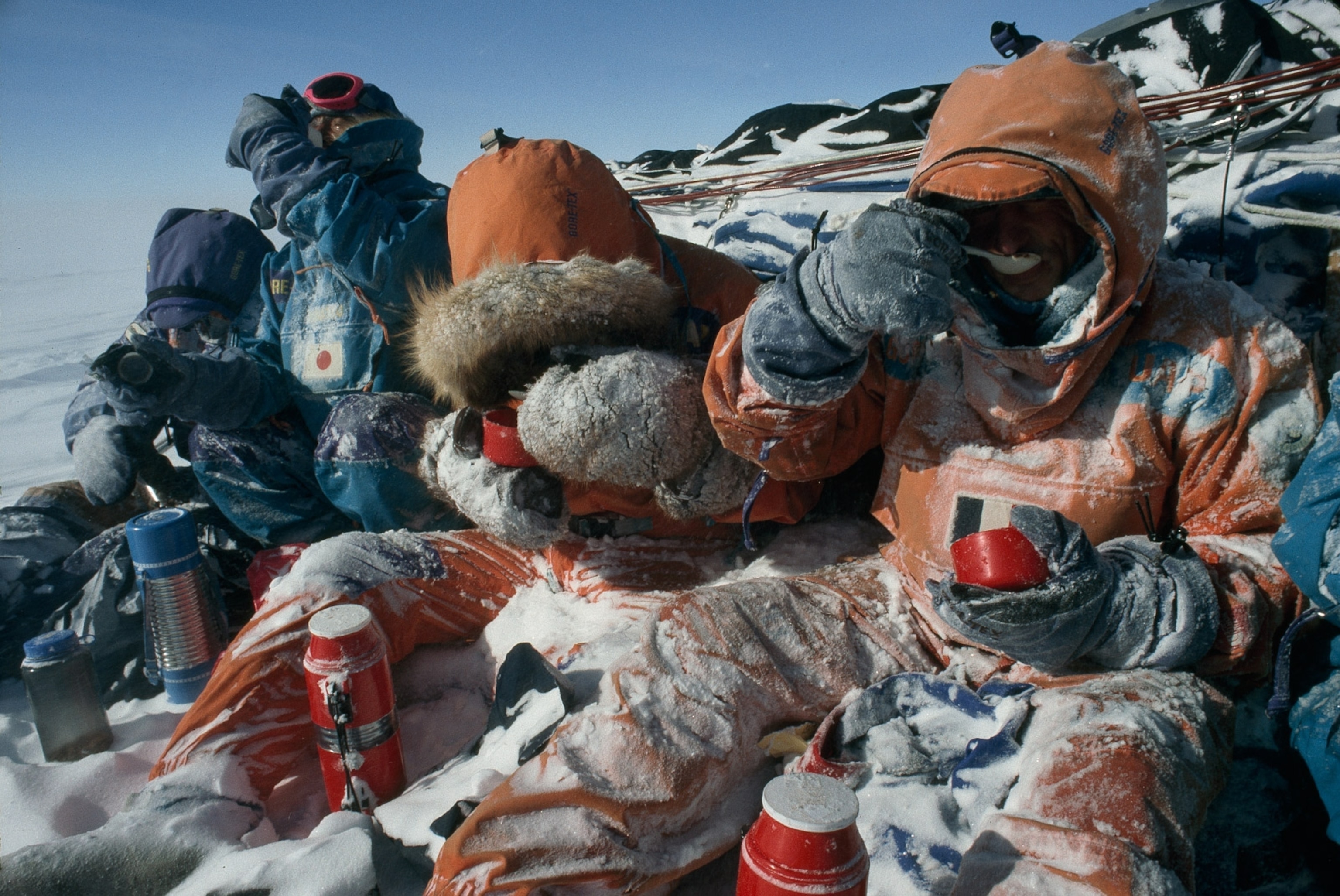
Will has compiled a humbling list of accomplishments during more than 40 years of exploration, but he continues to push himself through creative and challenging wilderness adventures. On April 9, Steger completed a 22-day, nearly 300-mile solo trek across the vast Boundary Waters Canoe Area Wilderness, Voyageurs National Park, and Quetico Provincial Park. Steger chose a route that followed rapid-strewn river systems during the spring break up. Far from the path of least resistance, Steger drew on 50 years of experience traveling over thin ice to complete a bold route that he didn’t think was possible a few years ago.
“I consider it important to challenge myself and do things I couldn’t imagine doing a couple years ago,” explained Steger. “I navigated around 20 waterfalls and rapids. I was very fearful of these waters, but this year I went where the action was.”
I run into Will on occasion while running errands in Ely, Minnesota, the end of the road town on the edge of the Boundary Waters where we both live, but our conversations are usually brief exchanges in the produce isle. It was a real pleasure to talk with him in more detail about his polar expeditions, what drives him to continue to explore, and his most recent solo trek.
What made the Trans-Antarctica Expedition your most challenging project? What did you learn in the process?
We crossed Antarctica by the longest possible route (3,741 miles) over 222 days. Organization alone was as big a challenge as the expedition itself. We had to raise $8 million and there were lots of logistics.
It was a really a tough go. There was no Internet back then and we relied on radio for communication, which usually didn’t work. The sheer distance—and having to leave in mid-winter—made it especially difficult. At one point we had 60 days of storms that we barely survived. It was physically really challenging. At the end our team were the best of friends; the forged friendship and love that came out of the expedition was quite remarkable.

What were your main goals for the Trans-Antarctica Expedition?
Protecting Antarctica from the petroleum industry and other forms of development was our main goal. There were behind-the-scenes plans for opening up the continent to mining and development circulating in the 1980s.
While leading a dogsled expedition to the North Pole 1986, our team ran into Jean-Louis Etienne (a French explorer traveling solo to the North Pole) after a month traveling across the shifting ice. It was a one-in-a-billion chance of crossing paths with the only other person out on the polar ice. Jean was trekking solo to the pole and I joined him in his tent for tea. During our visit we decided to draw attention to Antarctica by dogsledding across the continent.
We wanted to make Antarctica famous. The Trans-Antarctic Expedition got over 2 billion media impressions, and brought attention to the world about what was happening, and that helped preserve the continent.
After the expedition, our team met with world leaders to convince them to preserve Antarctica and in 1991 the Antarctic Treaty designated Antarctic as a natural reserve devoted to science and peace.
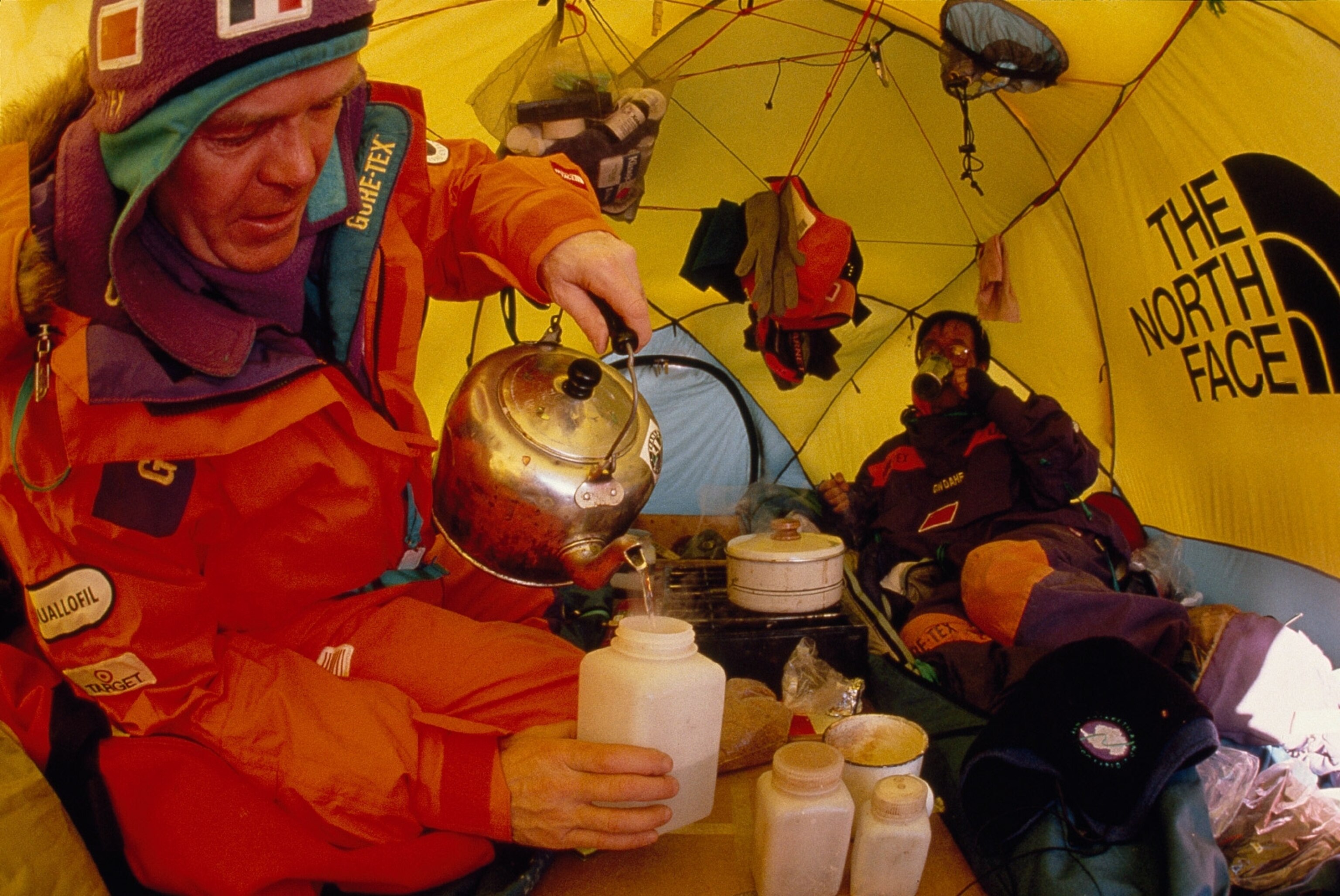
Why did you set off on the Solo 2015 Expedition? What drives you to continue to undertake challenging wilderness journeys like this?
I consider it important to challenge myself and do things I couldn’t imagine doing a couple years ago. I navigated around 20 waterfalls and rapids. I was very fearful of these waters, but this year I went where the action was.
It was a great expedition; to be out there alone and in the wilderness, you really get close to yourself and your spirit and your vision get clearer. That was a major part, as well as developing skills and taking on something that I was very much fearful of. Taking on traveling on such marginal ice, with constantly changing conditions.
I traveled 20 out of 21 days, many long days and came out very strong and passed the test again. I think it is very good to take on large challenges. This isn’t the North Pole it is right in my back yard. I would encourage everyone to take on challenges and just get out there and do it.
Can you describe the expedition? How long were you out? How far did you travel? What were the travel conditions like?
I probably traveled 250-300 miles. Some days I would travel three or four when there were lots of rapids and tricky ice, and some days I was traveling 20. The conditions were continually changing hour by hour and day by day. You kind of go by the conditions. I didn’t have a clock or GPS and it is kind of fun to travel that way.
It was an extremely dangerous trip, a lot like the wall climbing I did when I was younger where you are always on. Everything you do you are right there in the moment and are totally aware of the ice. It is a total immersion in the rivers, lakes, and the timing of ice break up. You reach the zone, which is very beautiful to be in. You learn you can do things you don’t think you can do, you do things you couldn’t imagine. It is part of being in the moment.
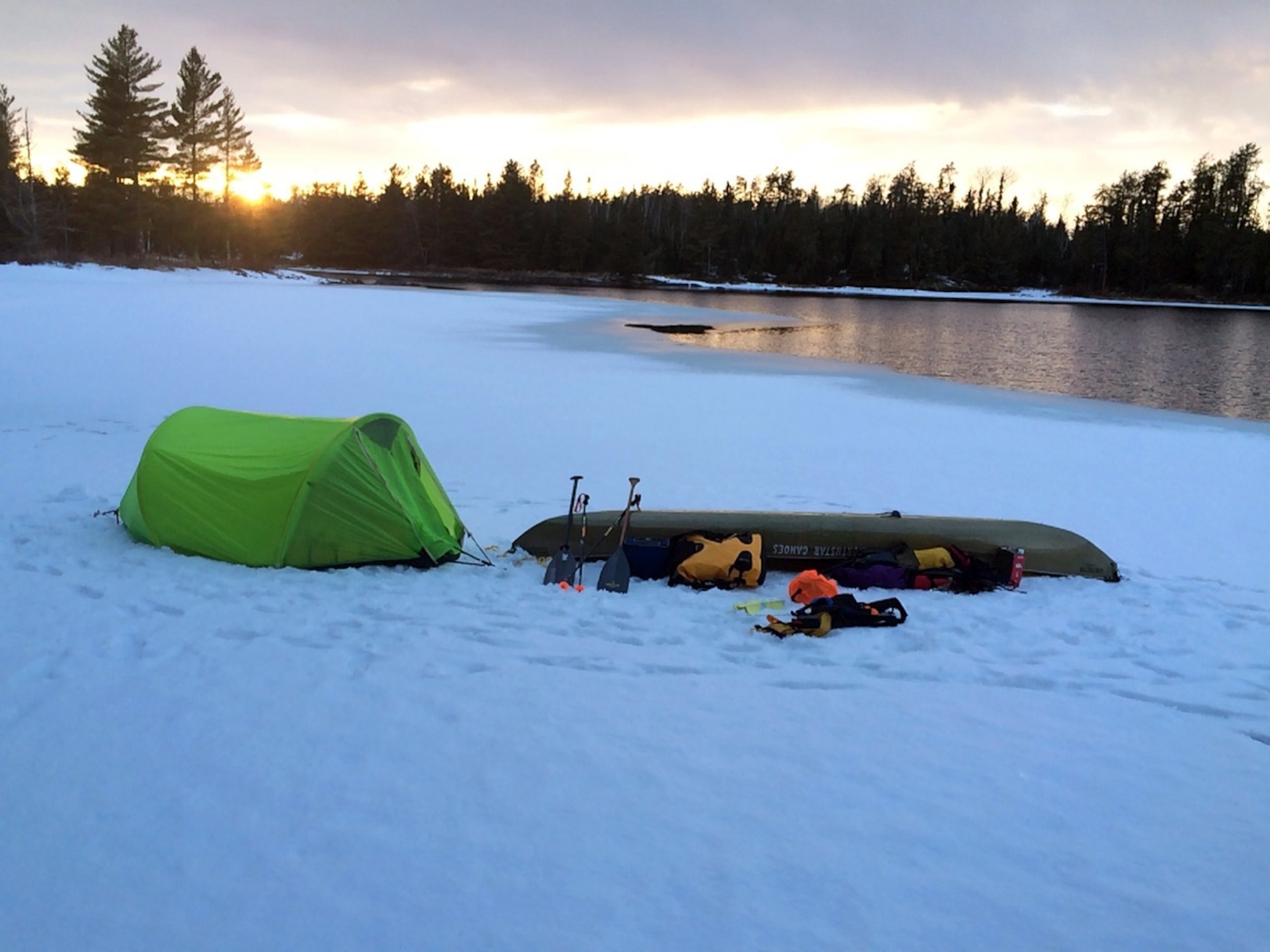
Why did you choose to go in the spring when the ice was starting to break up. That can be an especially challenging time to travel?
I have been doing spring break up solo trips for years without telling anyone. Spring is a very unique time because it is beautiful, but it is challenging—especially on the rivers. The sun is coming back, and the land is beautiful. It is a very short season and varies with the weather. There is only a three or four week window when you can do it. It is unique. I travel with a dry-suit on; your chances would not be good without a dry-suit.
- National Geographic Expeditions
How long have you been doing these types of trips where you’re traveling over thin ice in very marginal conditions?
I lived two lakes from the nearest road on the edge of the Boundary Waters for over 25 years and was constantly hauling loads and traveling across the water and ice during all seasons. I have been doing canoe hauling expeditions on Arctic Ocean, Hudson Bay, and closer to home for 50 years. I have been doing solo trips like this one for about 20 years off and on in the spring. This trip was different because I chose a route that focused on river travel where there was a lot of open water and dangerous ice. I used the skills from all these experiences traveling on thin ice.
You have experimented with a lot of equipment over the years. What are a few pieces of gear that were really important on this adventure?
My dry-suit, lifejacket, and canoe sled were all very important pieces of equipment. The ice conditions were constantly changing, so these items were critical to my safety. I have been working with Ted Bell from Northstar Canoes for the last 20 years to design a canoe that can be pulled across the ice and paddled through open waters. We have designed many together, he did my 1997 solo from the pole canoe sled.
I always wear synthetic clothing when I am on an expedition like this. I was dressed head to toe in Monte Bell from my long underwear to my Gortex outer-shells. Their clothing is very high quality and I think they are a step ahead of many of the US manufacturers. I wore water boots most of the time because I was often lining and was in and out of the water all the time on the river sections.
What are you working on now?
Now I am focused on completing the Steger Wilderness Center, which is near Ely, Minnesota. The center is for small groups of up to 12 people. The center is designed to foster inspiration, collaborative problem solving, and innovation.
Through my expeditions, I have found the power of the wilderness and small groups are the magic for breakthrough thinking. The center will open in about a year for corporations and other groups that need to restructure or solve major problems.
